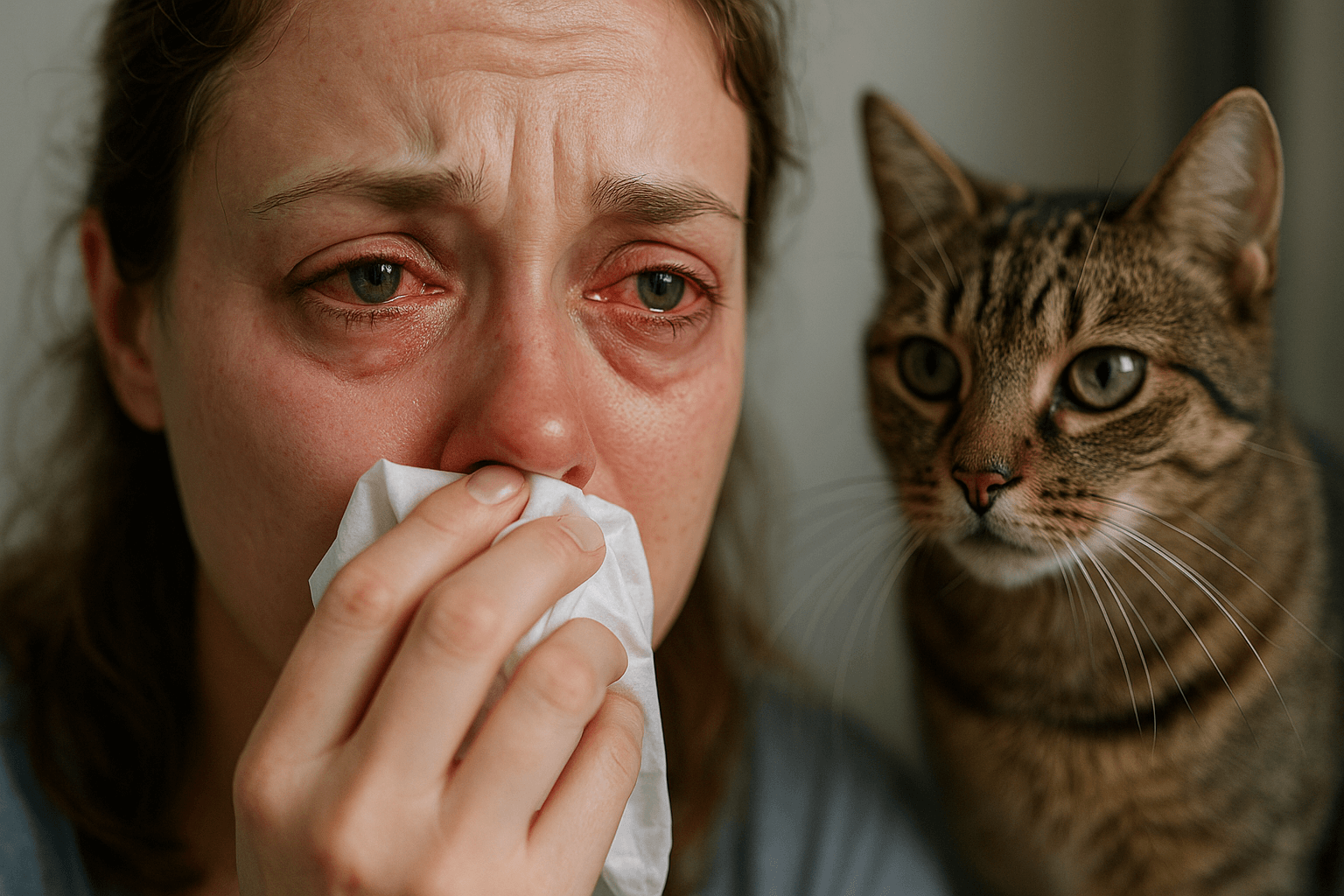What to Do If Your Dog Ate Dental Floss: A Guide for Concerned Pet Owners
Dogs are naturally curious creatures, and their tendency to explore the world with their mouths can sometimes lead to trouble. If your dog has swallowed dental floss, it’s natural to feel worried—this seemingly harmless item can pose serious risks to their health. Dental floss is not digestible, and if ingested, it can cause intestinal blockages or even damage internal tissues. In this blog post, we’ll walk you through what to do if your dog ate dental floss, how to recognize symptoms of a problem, and steps to prevent future incidents. By staying informed and acting quickly, you can help ensure your furry friend stays safe and healthy.
Immediate Steps to Take If Your Dog Ate Dental Floss
If you discover that your dog has swallowed dental floss, it’s important to act promptly. Taking the right steps can make a significant difference in minimizing potential harm. Here’s what you should do immediately:
Stay Calm: Panicking won’t help your dog, so take a deep breath and focus on assessing the situation.
Check for Remaining Floss: If any floss is still hanging out of your dog’s mouth, gently try to remove it to prevent further ingestion.
Monitor Your Dog: Observe your dog closely for signs of distress, such as vomiting, gagging, or lethargy.
Call Your Vet: Contact your veterinarian as soon as possible to explain the situation and seek professional advice.
Avoid Inducing Vomiting Without Guidance: Never attempt to make your dog vomit unless explicitly instructed by a vet, as this could worsen the situation.
By taking these immediate actions, you can assess the severity of the situation and get your dog the help they need. Remember, early intervention is key to preventing complications.
Potential Risks of Swallowing Dental Floss
While swallowing small objects is not uncommon for dogs, dental floss poses specific dangers due to its material and structure. Understanding these risks will help you appreciate why prompt action is crucial. Here’s what makes dental floss hazardous:
Intestinal Blockage: The string-like nature of floss can tangle in the intestines, causing obstructions that may require surgery.
Linear Foreign Body Damage: Floss can act like a saw inside the digestive tract, cutting through tissues and causing severe internal injuries.
Choking Hazard: If the floss gets stuck in the throat, it can obstruct breathing and lead to choking.
Toxicity Risk: Some dental flosses are coated with wax or flavoring agents that might be harmful if ingested in large quantities.
Peritonitis: If the floss punctures the intestines, bacteria can leak into the abdomen, leading to a life-threatening infection called peritonitis.
These risks highlight the importance of addressing the situation seriously and seeking veterinary care if there’s any doubt about your dog’s condition. Prevention is always better than dealing with the consequences.
Check this guide 👉What to Do If Your Dog Ate Garlic Salt? Best 7 Tips!
Check this guide 👉What to Do If Your Dog Ate a Cotton Ball: Best 7 Tips!
Check this guide 👉What to Do If Your Dog Ate Petroleum Jelly: Best 7 Tips!

Symptoms to Watch For | What It Might Indicate |
|---|---|
Vomiting | Possible intestinal blockage or irritation |
Loss of Appetite | Discomfort or pain in the digestive tract |
Lethargy | Internal injury or systemic infection |
Abdominal Pain | Potential obstruction or tissue damage |
Straining to Defecate | Floss lodged in the intestines |
How to Prevent Your Dog from Eating Dental Floss
Prevention is the best way to avoid the stress and danger of your dog swallowing dental floss. With a few simple precautions, you can minimize the risk of this happening again. Here are some effective prevention strategies:
Store Floss Safely: Keep dental floss and other small objects in secure, elevated locations where your dog can’t reach them.
Supervise Chew Time: Always supervise your dog during playtime or when they’re chewing on toys to ensure they don’t ingest inappropriate items.
Provide Safe Alternatives: Offer durable chew toys or treats designed specifically for dogs to satisfy their chewing instincts.
Teach the “Leave It” Command: Train your dog to respond to commands like “leave it” to prevent them from picking up dangerous objects.
Dog-Proof Your Home: Regularly inspect your living space for items that could pose a choking hazard or be swallowed accidentally.
By implementing these measures, you can create a safer environment for your dog and reduce the likelihood of future incidents.
When to Seek Immediate Veterinary Care
Knowing when to seek emergency veterinary attention can save your dog’s life. While some cases may resolve on their own, others require urgent intervention. Here’s when you should contact your vet immediately:
Visible Floss in Mouth or Rectum: If you see floss sticking out, don’t pull it—this could cause internal damage. Let a vet handle it.
Persistent Vomiting: Frequent vomiting is a red flag for intestinal blockages or irritation.
Refusal to Eat or Drink: A lack of appetite may indicate pain or discomfort caused by the floss.
Abdominal Swelling or Tenderness: These symptoms could signal a serious issue like an obstruction or infection.
Unusual Behavior Changes: Sudden lethargy, restlessness, or aggression may point to internal distress.
When in doubt, err on the side of caution and consult your vet. They can perform diagnostic tests and recommend appropriate treatment to address any complications.
Signs Your Dog May Have Swallowed Something Dangerous
If your dog has swallowed dental floss or another foreign object, there are specific signs that may indicate they’re in distress. Recognizing these symptoms early can help you act quickly and prevent complications. Here’s what to look for:
Excessive Drooling: Unusual drooling can indicate irritation or blockage in the digestive tract.
Whining or Crying: Vocalizations of pain often suggest discomfort caused by internal damage or obstruction.
Difficulty Passing Stool: Straining during bowel movements may mean the floss is lodged in their intestines.
Pawing at the Mouth: This behavior could indicate that part of the floss is still caught in their throat or mouth.
Restlessness or Pacing: These actions may signal abdominal pain or discomfort.
If you notice any of these signs, it’s crucial to contact your vet immediately. Early intervention can prevent serious health issues and ensure your dog receives the care they need.
Safe Alternatives to Dental Floss for Dogs
While dogs love to chew, it’s important to provide them with safe alternatives to satisfy their natural instincts without risking harm. Here are some dog-friendly options that can keep your pup entertained and safe:
Durable Chew Toys: Rubber toys like Kongs or Nylabones are designed to withstand aggressive chewing.
Edible Chews: Treats made from rawhide, bully sticks, or dental chews are safe and satisfying for most dogs.
Interactive Puzzle Toys: These toys challenge your dog mentally while rewarding them with treats.
Frozen Carrots or Apples: Frozen fruits can serve as a refreshing and crunchy snack for teething or bored dogs.
Rope Toys: Specially designed rope toys are safer than dental floss and help clean teeth during play.
By offering these alternatives, you can redirect your dog’s chewing habits toward items that are both enjoyable and safe. Always supervise your dog to ensure they don’t ingest parts of their toys.
Tips for Training Your Dog to Avoid Dangerous Items
Training your dog to avoid dangerous items like dental floss can save you from future stress and potential emergencies. With consistent practice, your dog can learn to resist the temptation to chew on inappropriate objects. Here are some tips to help you get started:
Use Positive Reinforcement: Reward your dog with treats or praise when they ignore dangerous items or follow commands like “leave it.”
Practice the “Drop It” Command: Teach your dog to release objects from their mouth on command, which can prevent ingestion.
Create Boundaries: Use baby gates or crates to limit your dog’s access to areas where small objects might be left out.
Engage in Regular Playtime: A well-exercised dog is less likely to seek entertainment by chewing on random items.
Be Consistent with Rules: Reinforce training daily and ensure all family members follow the same guidelines to avoid confusion.
With patience and consistency, your dog can learn to avoid dangerous items and develop healthier chewing habits. Training not only protects your dog but also strengthens your bond with them.
Frequently Asked Questions About Dogs Eating Dental Floss
What should I do if my dog ate dental floss?
Contact your vet immediately and monitor your dog for symptoms of distress.
Can dental floss pass through a dog’s system?
In some cases, small amounts may pass, but there’s always a risk of blockages or internal damage.
How long does it take for symptoms to appear?
Symptoms can appear within hours to days, depending on the location and severity of the issue.
Is surgery always necessary if my dog swallows floss?
Not always, but surgery may be required if the floss causes an obstruction or internal injury.
How can I stop my dog from eating non-food items?
Training, supervision, and providing appropriate chew toys can help redirect their behavior.
In Conclusion: Keeping Your Dog Safe from Harm
Discovering that your dog ate dental floss can be alarming, but staying calm and acting quickly can make all the difference. By recognizing the risks, monitoring your dog closely, and seeking veterinary care when needed, you can address the situation effectively. Prevention is equally important—taking steps to dog-proof your home and train your pet can significantly reduce the chances of a repeat incident. Remember, your dog relies on you to keep them safe and healthy. With vigilance and care, you can ensure they continue to thrive and bring joy to your life for years to come.
Why Is My Cats Second Eyelid Showing? Best 7 Expert Tips! Understand causes, health signs, and how to respond when your cat’s third eyelid becomes visible.
How Do I Know If My Cat Died Peacefully? Best 7 Expert Tips! Discover the quiet signs of a peaceful feline passing and find comfort in their final moments.
Cat Allergy Eyes: Best 7 Expert Tips! Discover why your eyes react to cats and learn proven strategies for relief—without giving up your feline friend.
Why Do Abyssinian Cat Colors Matter? Best 7 Expert Tips! Discover the genetics, rare hues, and care secrets behind Abyssinian coat colors for a healthier, happier cat.





